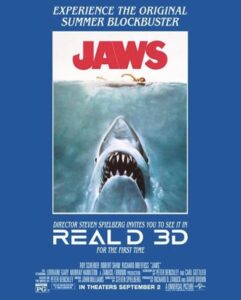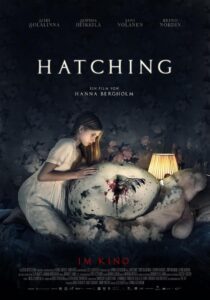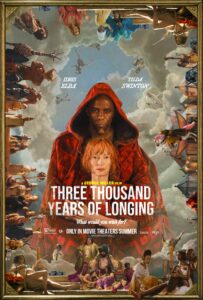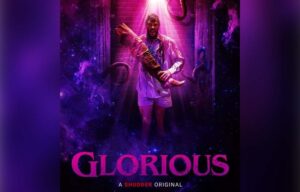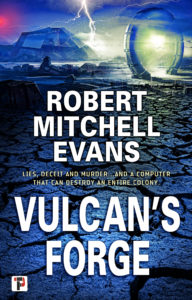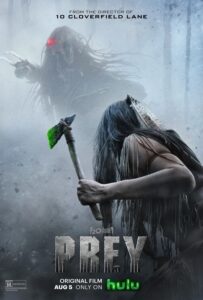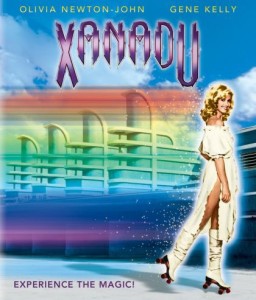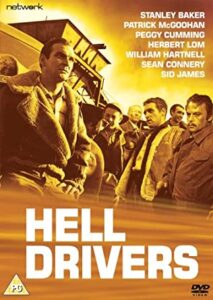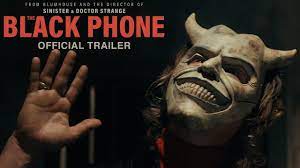Exhausted from the heat and finishing my latest military SF novel I opted for something that wouldn’t tac the brain cells and settled on Roger Corman’s 1958 SF film War of the Satellites.
Inspired by the public interest frenzy and terror following the USSR’s 1957 successful orbiting satellite Sputnik, Corman conceived filmed and edited this feature in 90 days.
War of the Satellites open with Project Sigma’s ninth attempt to place a crewed satellite into 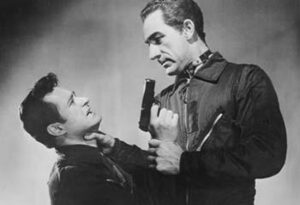 space. Once again, a mysterious force destroys the vessel and the project leader, Dr. Van Ponder (Richard Devon) vows to continue the program despite opposition from other nations over the financial costs. (No one mentions or seems to care about the cost in lives of nine destroyed crewed mission.) Assisted by loyal scientist Dave Boyer (Dick Miller) and mathematician Sybil (Susan Cabot) Van Ponder fights the system for funding for a 10th attempt, one he plans to captain himself.
space. Once again, a mysterious force destroys the vessel and the project leader, Dr. Van Ponder (Richard Devon) vows to continue the program despite opposition from other nations over the financial costs. (No one mentions or seems to care about the cost in lives of nine destroyed crewed mission.) Assisted by loyal scientist Dave Boyer (Dick Miller) and mathematician Sybil (Susan Cabot) Van Ponder fights the system for funding for a 10th attempt, one he plans to captain himself.
The nature of the mysterious force is revealed when an alien message probe arrives announcing that the Earth, due to humanity’s childish nature, has been placed under a quarantine and that all launches will be destroyed. With the core conflict established, humanity opposing the unseen alien’s blockade of space, the film unfolds with the 10th launch attempt progressing and the aliens further attempts to stop it.
Made on a budget of about 70,000 dollars and with a brief running time of 66 minutes War of the Satellites is a literal B-Picture, released as a second feature with Attack of the 50 Foot Woman. Only a year after sputnik and the same year the United States placed its own satellite Explorer into orbit around the Earth this movie has an amazingly optimistic view of humanity’s push into space. Not only is the technology absurdly advanced, three launches within minutes of each other that assembles a fully functional large spacecraft but also one capable of reaching the speed of light, but the politics of the story is even more optimistic with the project operating under the multinational authority of the United Nations.
War of the Satellites also has the earliest onscreen performance I have seen yet of Roger Corman. While later in life he often made appearances in the films from directors whose careers he helped launch, as director of the FBI in The Silence of the Lambs and as a Senator in Apollo 13, this is the first time I can recall seeing him, as a one scene launch controlled, in one of his own pictures.
This film is by far not a great movie, but it is far from the worst Corman ever produced and directed. For those who enjoy cheesy optimistic SF 50s movie it is worth watching at least once.
War of the Satellites is currently streaming on Shout Factory!‘s commercial supported streaming service.

